
Urban Microforest Success Stories Worldwide
Chosen theme: Urban Microforest Success Stories Worldwide. Journey through powerful, real-world transformations where tiny native forests heal streets, cool neighborhoods, and unite people. Subscribe, share your own microforest story, and help this hopeful movement take root in more cities.
From Empty Lots to Living Landmarks
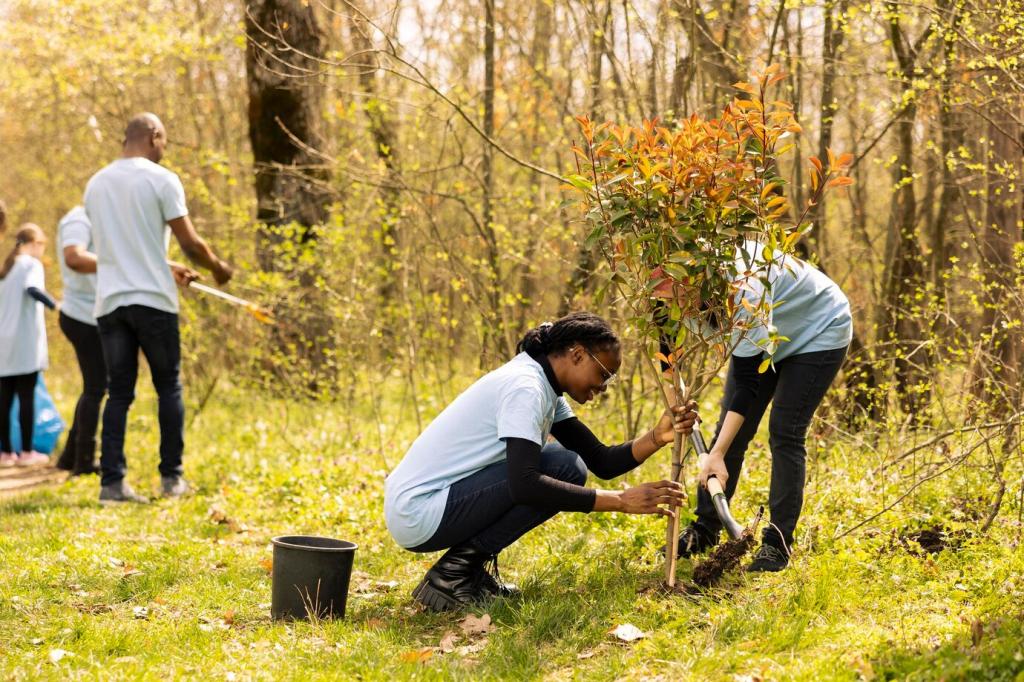
Inspired by the Miyawaki method, Tokyo teams planted native species along a noisy rail corridor. Within three years, the thicket formed layered shade, muffled sound, and attracted bulbuls and dragonflies. Commuters now pause to photograph seasonal blooms, proving microforests thrive in the most unlikely edges.
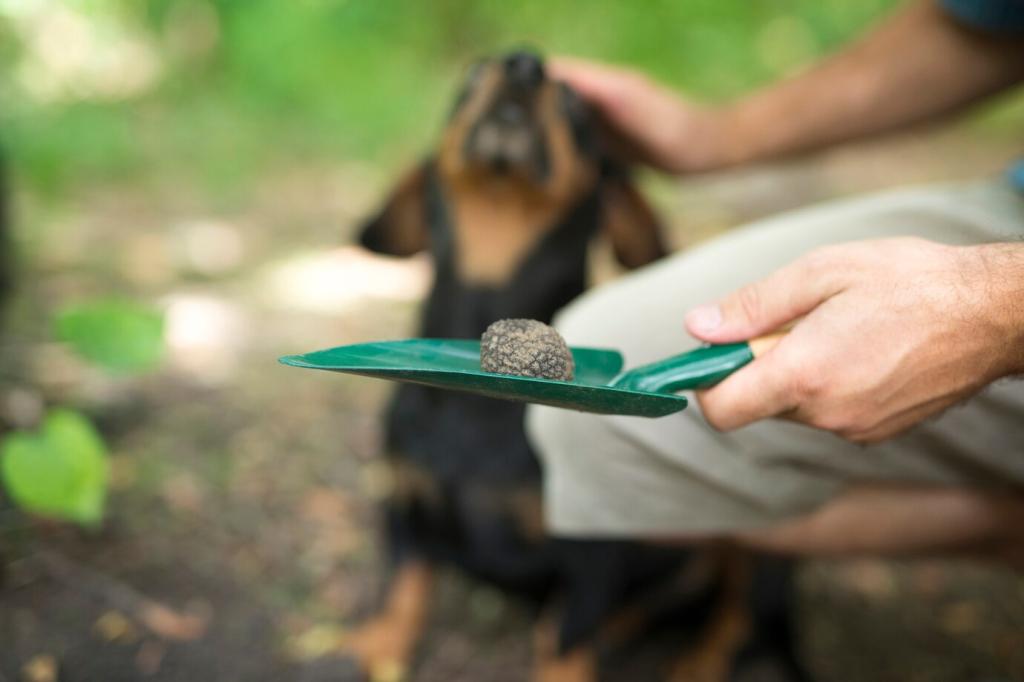
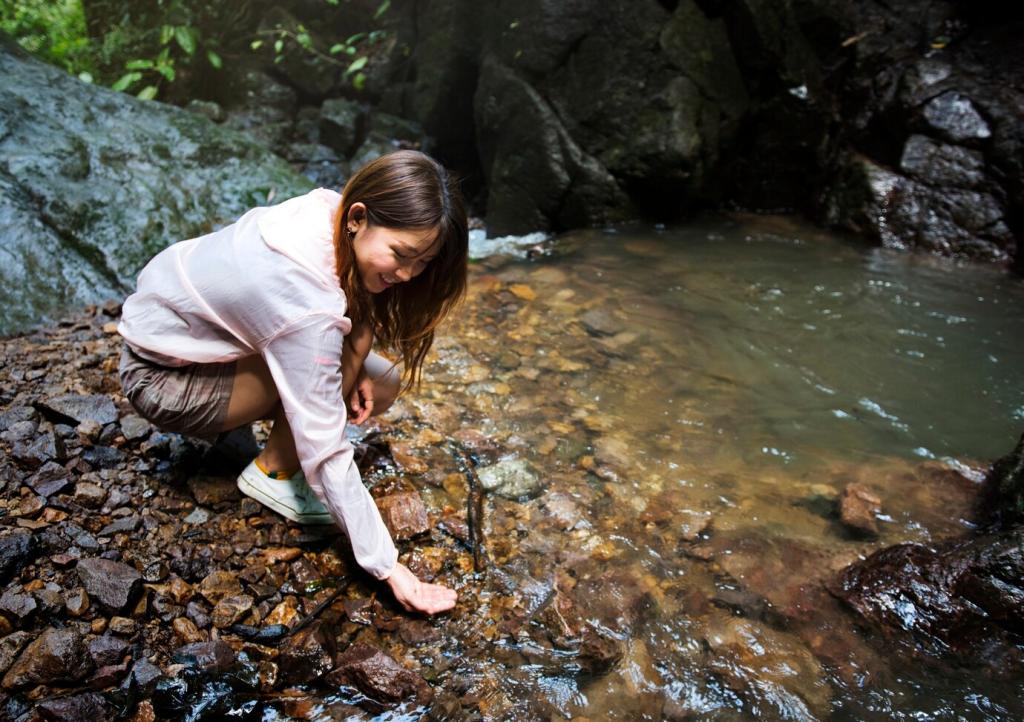
Biodiversity Comebacks in Small Footprints
A tech park corner became a native patchwork of shrubs, understory trees, and leaf litter. Within a season, butterflies stitched bright loops between flowers, and native bees nested in sandy pockets. Staff lunchtime walks lengthened, and a crowd-sourced photo log now identifies blooms by weekday.
Biodiversity Comebacks in Small Footprints
On a steep favela slope, residents planted deep-rooted trees to stabilize soil and welcome shade. Lizards that had not been seen for years returned to bask on low stones. Children learned to spot seed pods, and a mural documented the hillside’s transformation from erosion to habitat.
People Power: Communities that Planted Change
Residents mapped a trash-strewn lot, knocked on doors, and invited skeptics to tea. Planting day felt like a street party with borrowed shovels and music from a portable speaker. Now monthly stewardship picnics keep weeds down, and elders tell sapling stories that travel farther than flyers.
Policy, Partners, and the Long Game
A port authority offered narrow tracts alongside warehouses, while a local NGO coordinated species lists and volunteers. Businesses sponsored tools, and the city expedited soil testing. The result: linked microforests that weave habitat through industry, cooling hot pavements and creating lunch-break nature without slowing logistics.
Policy, Partners, and the Long Game
A corporate campus set aside parking islands for native thickets, replacing ornamental turf. Facility managers tracked maintenance hours and found that once established, the microforests demanded less work than lawns. Employees reported higher satisfaction scores, and neighboring schools visited to copy the planting model.
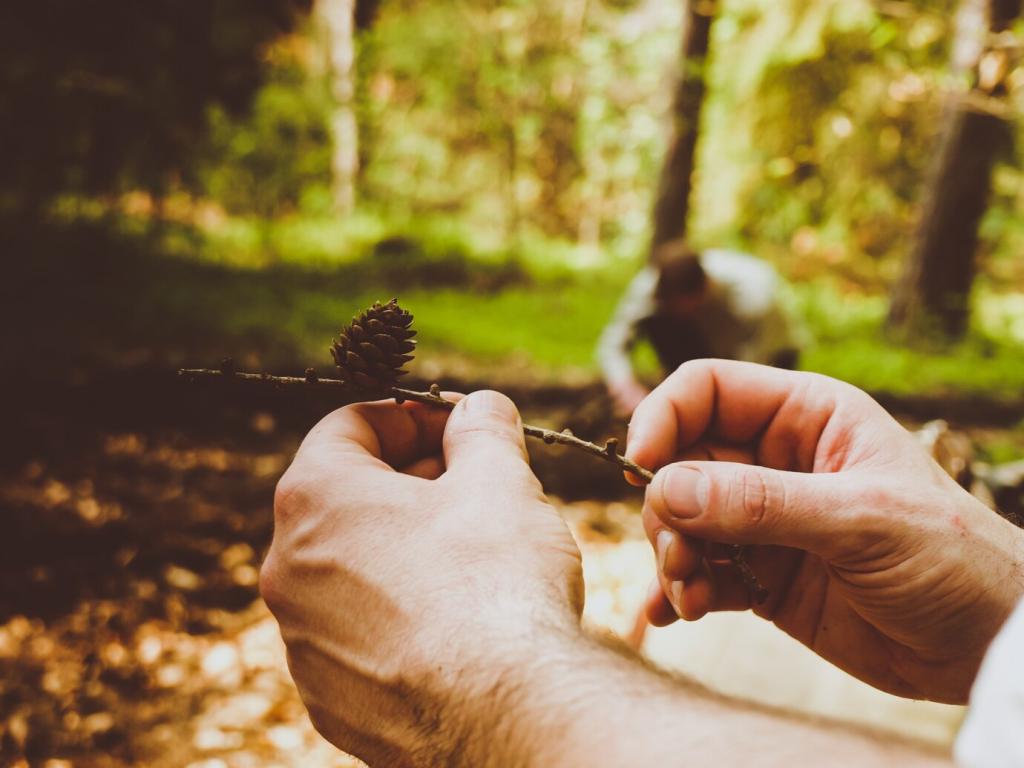
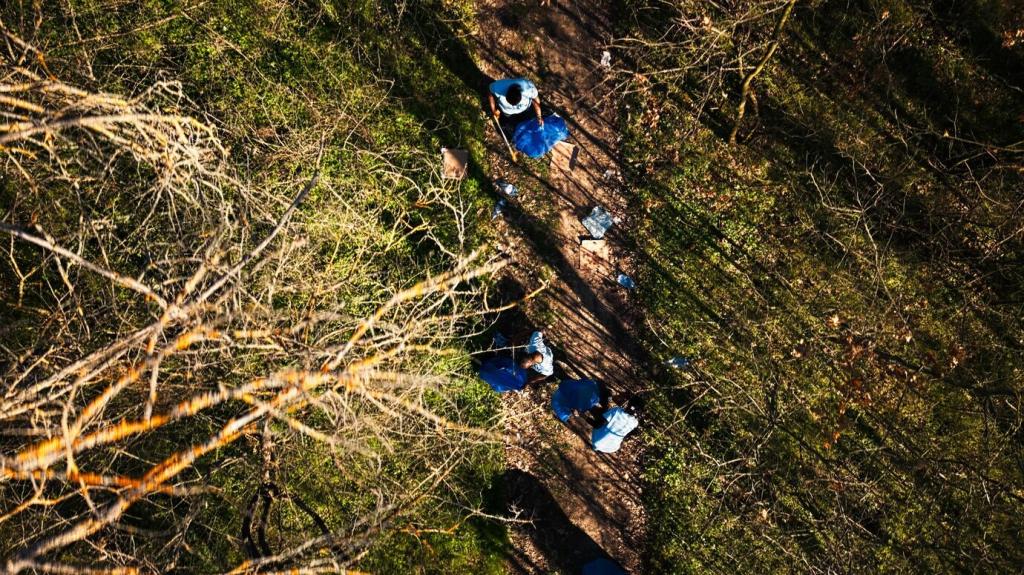
Athens Heat Relief Snapshot
A pocket forest near a sunbaked plaza logged temperature differences up to several degrees cooler under canopy on peak afternoons. Paired sensors captured wind shifts and humidity bumps. The city visualized the data on public dashboards, helping residents advocate for more shade where heat hurts most.
Auckland Soil Life Surprise
Baseline tests showed compacted, lifeless ground. After one year, soil cores revealed richer organic matter, mycelial strands, and wriggling invertebrates. Volunteers learned to photograph earthworms like celebrities, and council staff used the results to argue for composting programs that feed living urban soils.
Berlin Pollinator Boom
Transect walks documented bee and hoverfly activity across seasons, correlated with bloom timing. Citizen scientists submitted observations through an open app, cheering when rare visitors appeared. The project’s gallery of macro photographs convinced skeptical neighbors that small forests can host astonishing, intricate urban wildlife.
Find and Secure Your Patch
Scout overlooked edges: road verges, schoolyards, church lots, or utility easements. Map sun, wind, and foot traffic, and confirm ownership before digging. A simple memorandum can unlock land responsibly, while a clear plan reassures neighbors that this forest will be loved, maintained, and welcoming.
Design for Native Diversity
Choose local species for canopy, understory, shrubs, and ground layers. Plant densely to outcompete weeds and create fast shade. Mulch deeply, water wisely, and label species to spark curiosity. Share your plant list online so others nearby can replicate what thrives in your climate and soils.
Stewardship that Lasts
Schedule monthly gatherings for weeding, watering, and storytelling. Assign simple roles—such as tool captain or pollinator watch—to spread responsibility and joy. Celebrate milestones with photos and songs; gratitude fuels retention. Invite new neighbors to adopt a sapling, and track care tasks in an open calendar.

This is the heading
Lorem ipsum dolor sit amet, consectetur adipiscing elit. Ut elit tellus, luctus nec ullamcorper mattis, pulvinar dapibus leo.

This is the heading
Lorem ipsum dolor sit amet, consectetur adipiscing elit. Ut elit tellus, luctus nec ullamcorper mattis, pulvinar dapibus leo.
